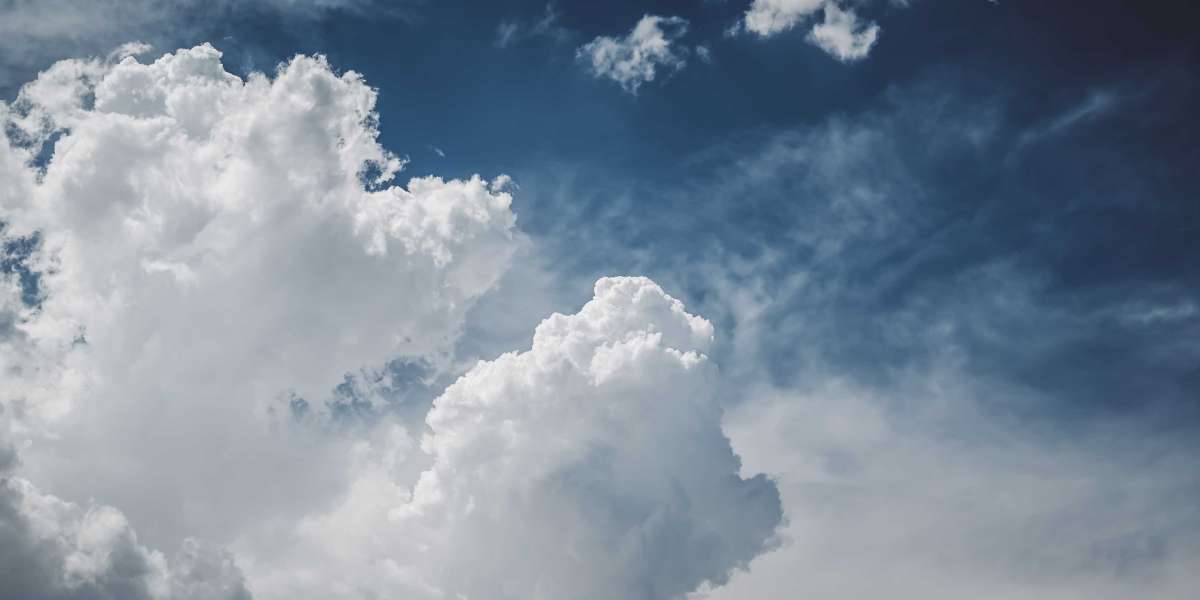Are you considering tackling mold mitigation in your home on your own? While DIY projects can be cost-effective and empowering, it's crucial to be aware of the top mistakes to avoid during the process. Mold remediation is a serious task that requires knowledge, precision, and the right approach to effectively eliminate mold and prevent its return. In this article, we will discuss the common errors homeowners make when attempting DIY mold mitigation and provide expert advice on how to prevent them.
The Importance of Proper Mold Remediation
Before diving into the mistakes to avoid during DIY mold mitigation, let's first understand the importance of proper Mold Remediation. Mold can pose serious health risks to you and your family, including respiratory issues, allergies, and other adverse health effects. Proper mold mitigation involves identifying the source of the mold, safely removing it, and implementing measures to prevent future mold growth. Inadequate mold remediation can result in ineffective mold removal, the spread of mold spores, and recurring mold infestations.
Mistake #1: Ignoring Safety Precautions
One of the most critical mistakes homeowners make during DIY mold mitigation is ignoring safety precautions. Mold spores can become airborne during the removal process, putting you at risk of inhaling harmful toxins. It's essential to wear protective gear, such as gloves, goggles, and a mask, to prevent exposure to mold spores. Proper ventilation and containment of the affected area are also crucial to minimize the spread of mold spores throughout your home.
Mistake #2: Inadequate Mold Inspection
Another common mistake is performing inadequate mold inspection before starting the remediation process. Without identifying the extent of the mold infestation and locating the source of the mold, your efforts may be in vain. A thorough mold inspection will help you determine the type of mold present, the affected areas, and the underlying cause of the mold growth. It's essential to address all mold-affected areas to prevent the mold from spreading and reoccurring.
Mistake #3: Using Ineffective Cleaning Methods
Using ineffective cleaning methods is a mistake that can hinder the success of your DIY mold mitigation project. While bleach and other household cleaners may seem like a quick fix, they are often insufficient for eliminating mold at its roots. Professional-grade mold removal products and techniques are necessary to ensure that the mold is completely eradicated. Proper cleaning methods, such as scrubbing, sanding, or even dry ice blasting, may be required to effectively remove mold from surfaces.
Mistake #4: Failing to Address Moisture Issues
Mold thrives in damp and humid environments, making moisture control a key aspect of mold mitigation. Failing to address underlying moisture issues in your home can lead to recurring mold problems. It's essential to identify and fix any water leaks, condensation, or humidity problems that may be contributing to mold growth. Proper ventilation, dehumidification, and waterproofing measures can help prevent future mold infestations.
Conclusion
In conclusion, DIY Mold Mitigation can be a challenging task that requires attention to detail, proper safety precautions, and effective cleaning methods. By avoiding the top mistakes discussed in this article, you can increase the success of your mold remediation efforts and create a healthier living environment for you and your family. Remember, when in doubt, it's always best to consult with a professional mold remediation expert to ensure that the job is done correctly the first time.



